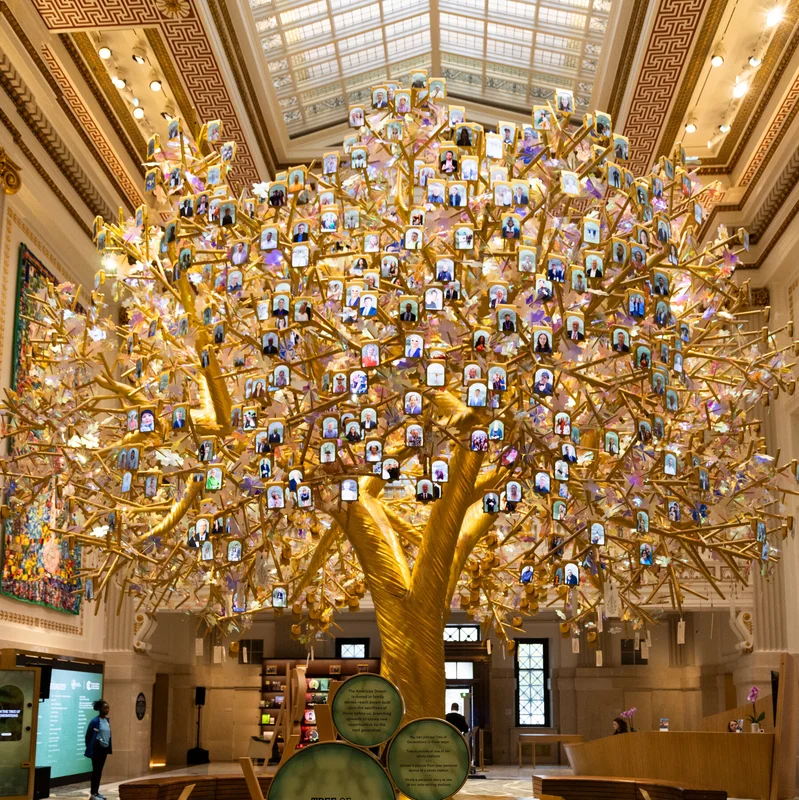Employee influencers are no longer a marketing gimmick—they’re becoming a core part of how major brands connect with real people. From airline pilots to fast-food cashiers, everyday workers are stepping in front of the camera to represent their companies in ways that feel authentic, relatable, and surprisingly effective.
Why Companies Are Turning to Employee Influencers
Gone are the days when only polished social media teams handled brand content. Today, companies like Delta Air Lines, Portillo’s, and even industrial firms are launching formal programs that encourage—or even incentivize—employees to share behind-the-scenes moments, customer interactions, and day-in-the-life clips on platforms like TikTok, Instagram, and LinkedIn.
“People trust people, not logos,” said a marketing executive at a Fortune 500 retailer quoted in a recent New York Times report. “When a flight attendant talks about safety protocols, it lands differently than a corporate ad.”
Real Faces, Real Impact
Delta’s “People of Delta” initiative features pilots, gate agents, and baggage handlers sharing stories from the tarmac and cockpit. The campaign has boosted engagement by over 40% compared to traditional branded posts.
Similarly, Chicago-based hot dog chain Portillo’s launched an internal ambassador program where crew members post unscripted videos of kitchen chaos, secret menu hacks, and customer reactions. One viral clip of a server dancing while delivering a chocolate cake garnered 2.3 million views—and a 17% spike in local sales.
How Employee Influencer Programs Work
- Voluntary Participation: Most companies require opt-in consent.
- Training & Guidelines: Employees receive basic media training and brand safety rules.
- Incentives: Some offer bonuses, gift cards, or public recognition.
- Content Approval: Posts often go through light internal review to ensure compliance.
The Rise of the “Authenticity Economy”
Consumers are increasingly skeptical of overly curated ads. A 2025 Edelman Trust Barometer report found that 68% of Gen Z and Millennials trust content created by real employees more than official brand channels.
This shift has pushed HR and marketing departments to collaborate like never before. At some firms, “social ambassador” roles are now listed in job descriptions—even for non-marketing positions.
Potential Pitfalls and Privacy Concerns
Not everyone is comfortable being a public face. Critics warn that without clear boundaries, these programs can blur the line between personal and professional life. Some employees worry about being judged for their appearance, accent, or off-duty behavior.
Legal experts advise companies to ensure participation is truly voluntary and that workers retain control over their digital footprint. “You can’t force authenticity,” said labor attorney Maria Chen. “It has to be genuine—or it backfires.”
What’s Next for Employee Influencers?
As AI-generated content floods feeds, human-led storytelling is becoming a premium differentiator. Expect more industries—healthcare, manufacturing, logistics—to adopt similar models in 2026.
Sources
The New York Times: Starring in Videos Is No Longer a Job Just for the Social Media Team




